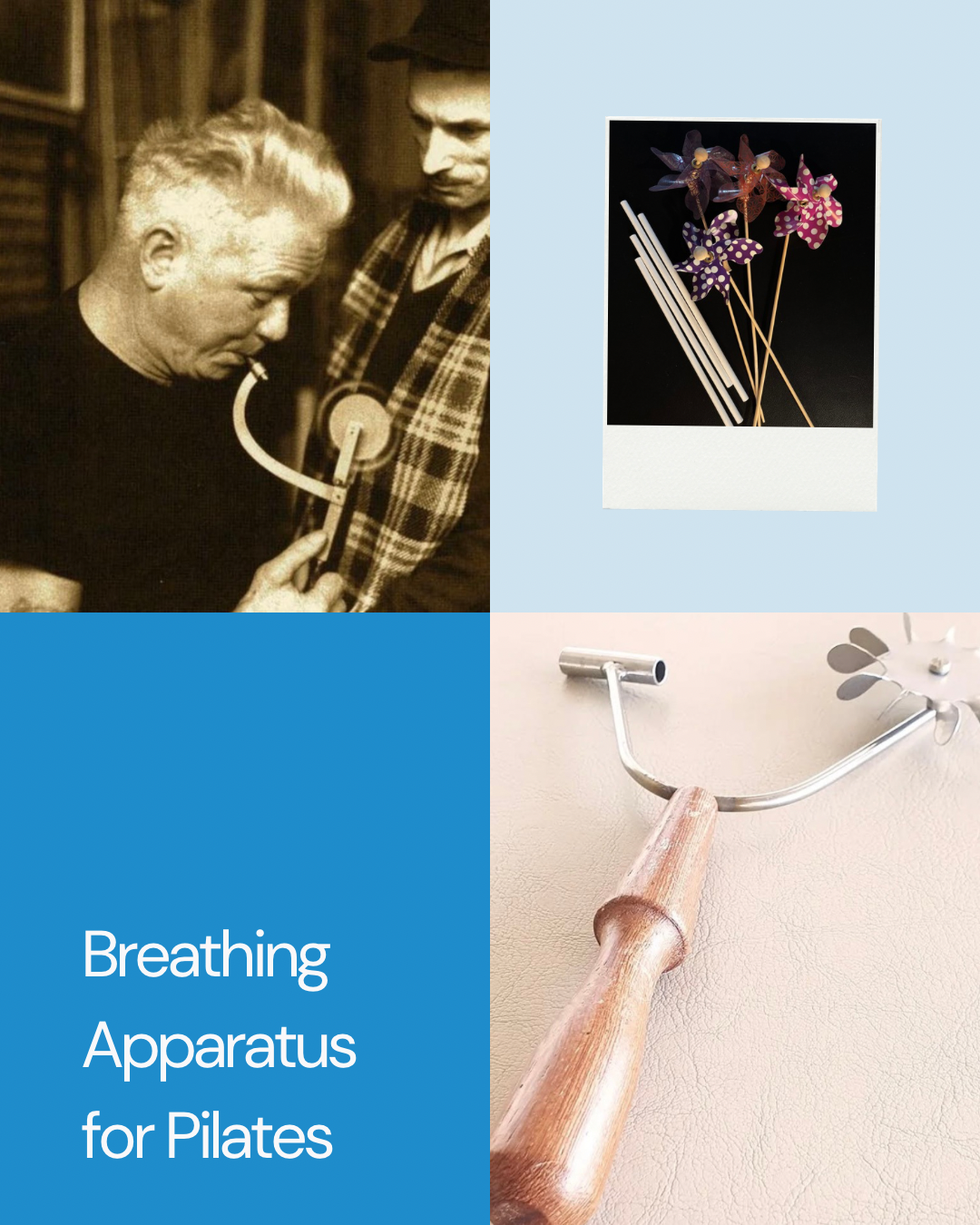Breath is one of the 6 principles of Pilates and, like with anything in Pilates, it can take time to master. In fact, I’m 20 years into practicing Pilates and I still catch myself not breathing in certain exercises.
I will never forget one presenter saying in a workshop that yes, the breath is important, but the most important thing is that the client comes into the studio and leaves the studio breathing. It’s the truth – we’re all breathing all the time. Which is why I try not to overwhelm people in the beginning by talking too much about breathing in Pilates.
How I Teach Breathing in Pilates
My approach to teaching breathing is to help the client become aware of what breathing feels like. We talk about breathing in through the nose and out through the nose or mouth; how to breathe into the ribs, expanding the rib cage 360 degrees around the whole body; and how the breath helps to execute certain exercises. We will do a few drills and go through some examples, but try not to have them overthink it. Over time, we will layer on more breathing techniques along with the other parts of the method.
Why Good Breathing Matters
The benefits of breathing well are vast – not just in Pilates but in everyday life. Breathing well helps you to relax, oxygenate your blood, rid the lungs of stale air, reduce stress, and improves sleep and muscle function.
When it comes to fitness endeavors like running, swimming, cycling, and playing sports, your breathing is challenged. The more you do these activities, the more your breathing capacity will improve (as long as you have no underlying issues). But how you breathe while exercising in general matters, too.
One of these ways is through improved posture, which is something we focus a lot on in Pilates. We do this by strengthening the back and core, and through awareness of how you hold and move your body. With improved posture, you won’t fatigue as fast in sports because your chest isn’t compressed. Rather, when you stand up straight, your lungs have much more room to expand and contract.
How Breathing Helps Movement in Pilates
In addition to improved lung capacity through good body position, breathing can help you execute exercises in Pilates. A good example is in the rolling exercises. If you inhale as you roll back, you’ll have the exhale to help you back up, and it will help your muscles to engage.
In exercises like chest expansion, you inhale as you draw the bar to your hips, hold your breath as you turn your head or stay lifted, and exhale as you bring the bar back up. It turns into about 5 seconds in each stage and is very much like box breathing. Then in the hundred, you breathe in for 5 counts then out for 5, something that I learned isn’t unusual.
The 5.5 Second Breathing Pattern
In James Nestor’s book Breath, he deep dives into breathing and how 5.5 seconds in and 5.5 seconds out is ideal. It’s also a common breath pattern in many breathing methods and religious chanting, prayers, and others. I’ve read the book twice now, and find it truly amazing how people have found breathing techniques to help cure health issues and improve their lives.
Slow, deliberate breathing triggers the body’s relaxation response, reduces stress, and improves cardiovascular function by slowing the heart rate and increasing heart rate variability. It also helps balance oxygen and carbon dioxide levels and can improve endurance and sleep. I could keep going with all of the science behind this, but I will leave you to investigate that on your own.
Find Your Breath
There are so many good reasons to focus on your breath, and Pilates can help. But rather than stress about finding the “perfect breath” in Pilates, I encourage you to experiment. Try different breath patterns and notice the difference. Pilates is about exploration and finding the best movement to help you feel better in your body over time. And yes, you may forget to breathe sometimes, but your body will remind you. Just keep practicing.

View comments
+ Leave a comment